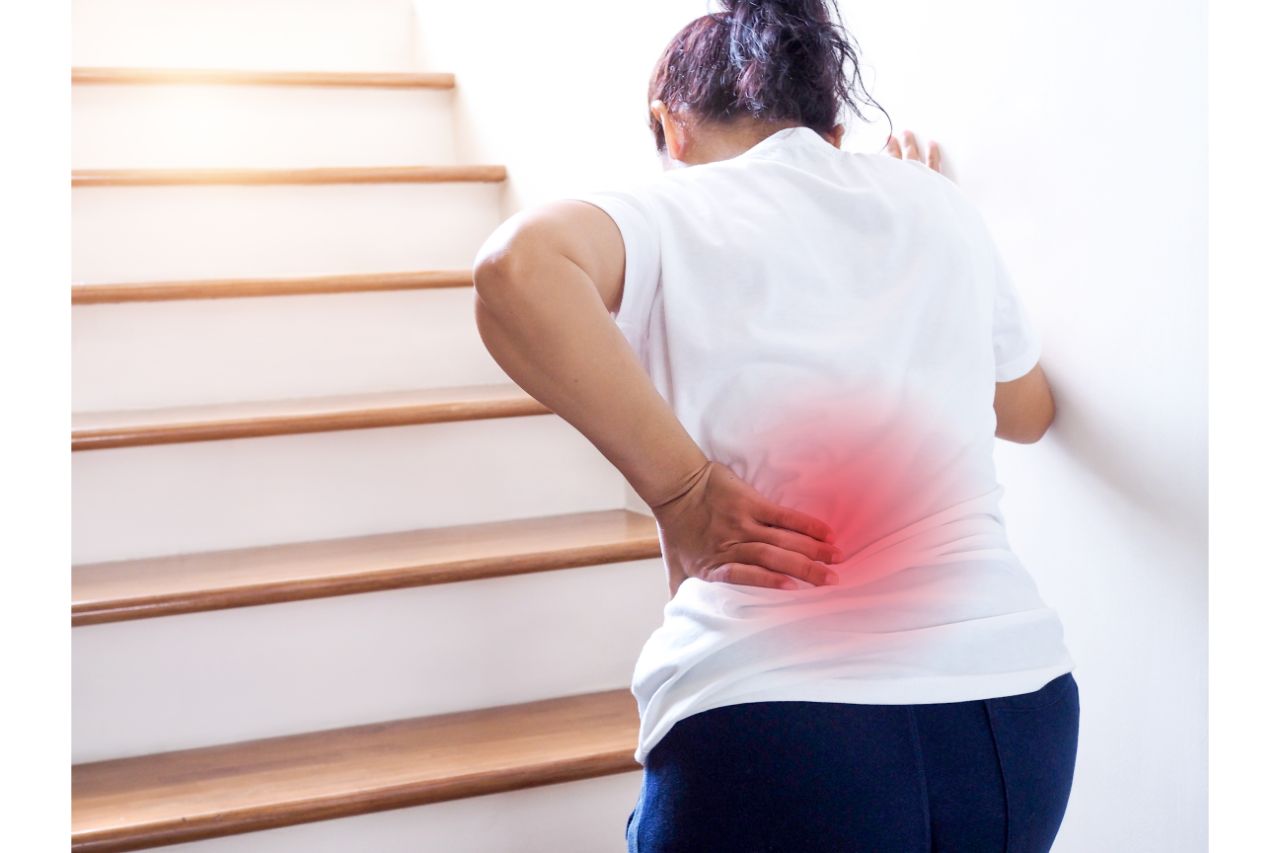Osteoporosis is a condition that affects the bones, making them weak and brittle. It is a common condition, particularly in older adults, and can lead to an increased risk of fractures. Understanding the symptoms of osteoporosis and the treatment options available can help you take steps to protect your bones and maintain your overall health.
Symptoms of osteoporosis
Symptoms of osteoporosis may not be immediately apparent, as the condition progresses gradually. Some common symptoms include:
Back pain, caused by a compressed or fractured vertebra
Stooped posture
Loss of height over time
A bone that fractures more easily than expected
Risk factors for osteoporosis include being female, being older, having a family history of the condition, smoking, and having a diet low in calcium and vitamin D.
Diagnosis of osteoporosis
Diagnosis of osteoporosis is typically made through a bone density test, which measures the density of your bones. This test is usually done using a machine called a DXA (dual-energy x-ray absorptiometry) scanner.
Treatment for osteoporosis
Treatment for osteoporosis typically involves a combination of lifestyle changes and medication. Lifestyle changes that can help prevent or slow the progression of osteoporosis include:
Getting enough calcium and vitamin D in your diet
Exercising regularly, particularly weight-bearing exercises
Not smoking
Limiting alcohol consumption
Maintaining a healthy weight
Medications that are commonly used to treat osteoporosis include bisphosphonates, selective estrogen receptor modulators (SERMs), and denosumab. Bisphosphonates, such as alendronate and risedronate, slow down the rate at which bone is broken down. SERMs, such as raloxifene, mimic the effects of estrogen on bones. Denosumab is a monoclonal antibody that works by blocking the cells that break down bone.
Other treatments for osteoporosis include parathyroid hormone therapy, which stimulates bone formation, and strontium ranelate, which slows down bone loss and increases bone density.
In addition to the above treatments, there are also alternative and complementary therapies that may be helpful for managing osteoporosis. These include:
Acupuncture: This traditional Chinese medicine technique uses thin needles to stimulate specific points on the body, which may help to improve bone density.
Yoga: This practice can help to improve balance, flexibility, and muscle strength, which can reduce the risk of falls and fractures.
Tai chi: This gentle form of martial arts is similar to yoga and can also help to improve balance and reduce the risk of falls.
Herbs: Some herbs, such as soy and red clover, contain phytoestrogens, which can mimic the effects of estrogen on bones.
In conclusion, osteoporosis is a condition that affects the bones making them weak and brittle, it is common particularly in older adults and can lead to an increased risk of fractures. Understanding the symptoms and the treatment options available can help you take steps to protect your bones and maintain your overall health. Lifestyle changes, medication, and alternative therapies can all be used to manage the condition and slow its progression. It is important to consult with a doctor to develop a treatment plan that is right for you.

 Home
Home Health
Health Diet & Nutrition
Diet & Nutrition Living Well
Living Well More
More












